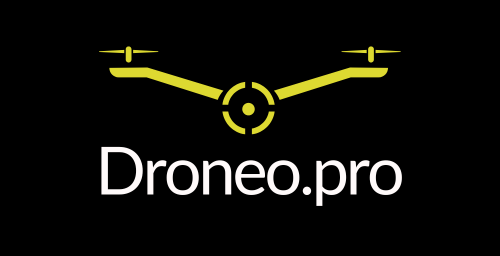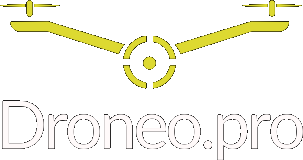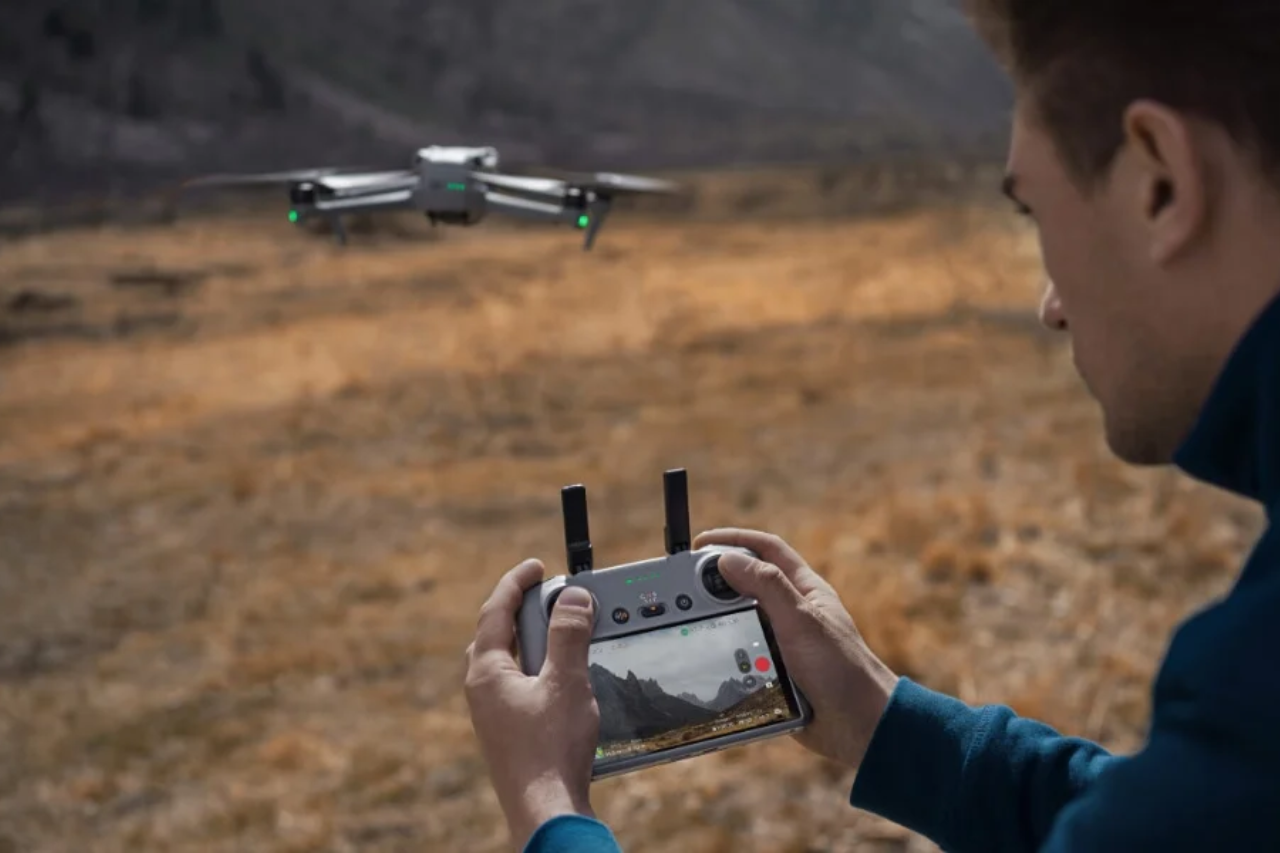
From Beginner to Pro: Mastering Drone Photography & Videography
- Categories Blog
- Date 2024-03-04
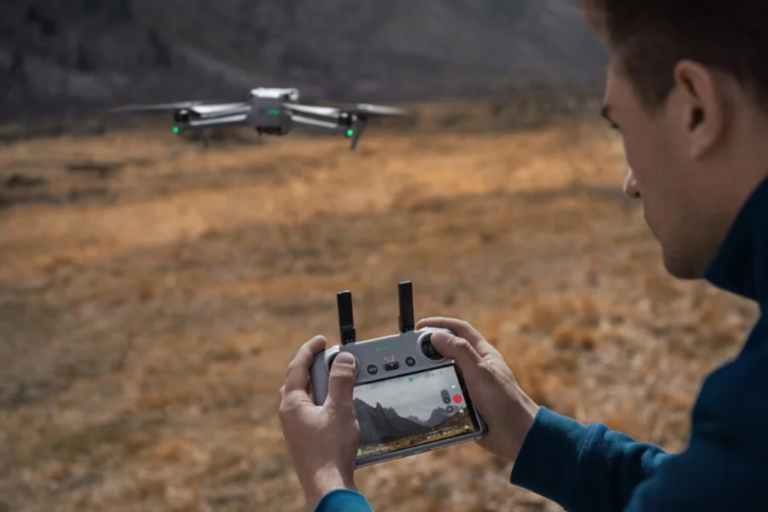
In recent years, drone technology has revolutionized the world of cinematography, offering filmmakers unprecedented creative freedom and breathtaking perspectives. With the ability to capture stunning aerial shots previously reserved for big-budget productions, drones have become an indispensable tool for filmmakers of all levels. Let’s delve into the world of drone cinematography and explore how you can capture cinematic aerials with these remarkable flying machines.
Mastering the Basics: Before taking to the skies, it’s crucial to familiarize yourself with the basics of drone operation. This includes understanding flight controls, safety protocols, and legal regulations governing drone usage in your area. Investing time in mastering these fundamentals will ensure a smooth and safe filming experience.
Choosing the Right Equipment: Selecting the right drone and camera setup is essential for achieving cinematic quality aerials. Consider factors such as camera resolution, stabilization capabilities, and flight time when choosing your equipment. Opt for drones equipped with high-resolution cameras and gimbal stabilization systems to capture smooth and professional-looking footage.
Pre-flight Preparation: Preparation is key to a successful drone shoot. Before taking off, carefully plan your flight path, taking into account factors such as weather conditions, airspace restrictions, and potential obstacles. Conduct a thorough pre-flight checklist to ensure your drone is in optimal condition and that all necessary equipment, including spare batteries and memory cards, is on hand.
Cinematic Techniques: To capture truly cinematic aerials, it’s essential to employ creative filming techniques. Experiment with different camera movements such as pans, tilts, and tracking shots to add dynamism and depth to your footage. Utilize the drone’s agility to explore unique angles and perspectives that would be impossible to achieve with traditional filming methods.
Composition and Framing: Pay close attention to composition and framing when framing your shots. Incorporate elements of foreground, midground, and background to create a sense of depth and dimensionality in your aerials. Keep in mind the rule of thirds and leading lines to guide the viewer’s eye and create visually compelling compositions.
Post-production Enhancement: Post-production plays a crucial role in enhancing the visual appeal of your drone footage. Use editing software to color grade your footage, adjust contrast and saturation, and add visual effects to achieve the desired cinematic look. Pay attention to details such as exposure and white balance to ensure a consistent and polished final product.
Practice Makes Perfect: Like any other skill, mastering drone cinematography requires practice and experimentation. Take the time to hone your piloting skills and explore different filming techniques to discover what works best for your creative vision. Learn from your mistakes and strive for continuous improvement with each new project.
In conclusion, drone cinematography offers filmmakers an exciting opportunity to capture cinematic aerials that were once only possible with extensive resources and equipment. By mastering the basics of drone operation, choosing the right equipment, and employing creative filming techniques, you can elevate your filmmaking to new heights and capture breathtaking aerial footage that will captivate audiences. So, grab your drone, take to the skies, and unleash your creativity with drone cinematography.
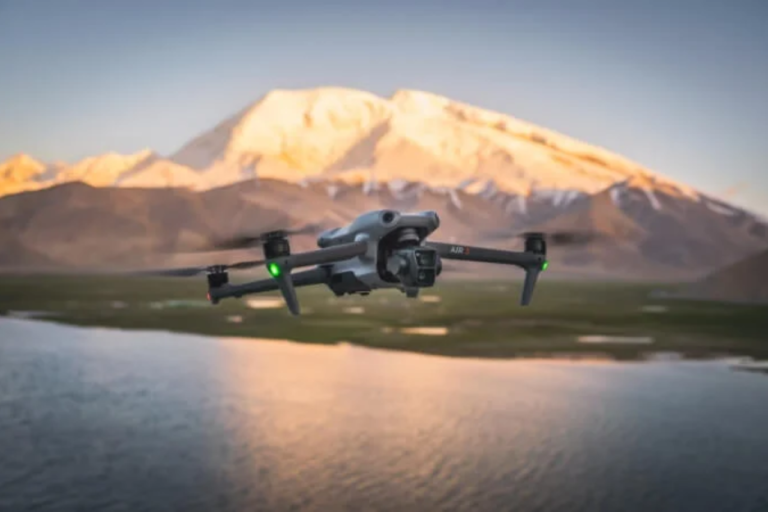
Let’s delve deeper into how drone cinematography can be utilized in various professional settings:
Film and Television Production: Drone cinematography has become a staple in film and television production, allowing filmmakers to capture expansive landscapes, dynamic action sequences, and immersive establishing shots. From sweeping aerial vistas to intricate chase scenes, drones offer unparalleled flexibility and creativity in visual storytelling.
Real Estate Marketing: In the real estate industry, drone cinematography has revolutionized property marketing by providing prospective buyers with captivating aerial views of homes, commercial properties, and landscapes. Aerial footage can highlight key features such as property size, location, and surrounding amenities, offering a unique perspective that traditional photography cannot replicate.
Event Coverage: Drones are increasingly being used to capture aerial footage of events such as weddings, concerts, and sports competitions. By providing bird’s-eye views of the event venue and surrounding areas, drones add excitement and dimension to event coverage, enhancing the overall viewer experience.
Tourism Promotion: In the tourism industry, drone cinematography is utilized to showcase tourist destinations, attractions, and natural landmarks from breathtaking aerial perspectives. Tourism boards and travel agencies leverage drone footage to entice travelers with stunning visuals, enticing them to visit and explore various destinations.
Construction and Infrastructure Inspection: Drones equipped with high-resolution cameras and thermal imaging technology are used in the construction and infrastructure sectors for aerial inspections of buildings, bridges, and other structures. Drone footage provides engineers and construction professionals with detailed visual data for assessing project progress, identifying potential issues, and conducting safety inspections.
Environmental Conservation: Drones play a crucial role in environmental conservation efforts by monitoring wildlife, tracking habitat changes, and conducting aerial surveys of sensitive ecosystems. Conservation organizations utilize drone cinematography to document environmental changes, monitor wildlife populations, and raise awareness about conservation issues.
Advertising and Marketing: From commercials to promotional videos, drones are increasingly being used in advertising and marketing campaigns to create visually striking and memorable content. Aerial footage adds a cinematic quality to advertisements, capturing the attention of audiences and leaving a lasting impression.
Emergency Response and Public Safety: In emergency response scenarios such as search and rescue operations, drones equipped with thermal imaging cameras and GPS capabilities aid first responders in locating missing persons and assessing disaster-affected areas. Drones also support public safety efforts by providing aerial surveillance and monitoring in situations such as crowd control and traffic management.
Overall, the applications of drone cinematography in various professional settings are vast and diverse, offering creative possibilities and practical solutions across industries. As technology continues to advance and drone capabilities evolve, the potential for innovative uses of drone cinematography will only continue to expand.
Drone Cinematography Training: At Droneo.pro we understand the growing demand for skilled drone cinematographers across various industries. That’s why we offer comprehensive training programs specifically designed to equip aspiring filmmakers and professionals with the knowledge and skills needed to excel in drone cinematography.
Our training curriculum covers everything from drone operation and safety protocols to advanced filming techniques and post-production editing. Led by experienced instructors with expertise in drone cinematography, our hands-on training sessions provide participants with practical experience and valuable insights into the art and science of capturing cinematic aerials.
Buy our course NOW: https://droneo.pro/courses/drone-videography/
